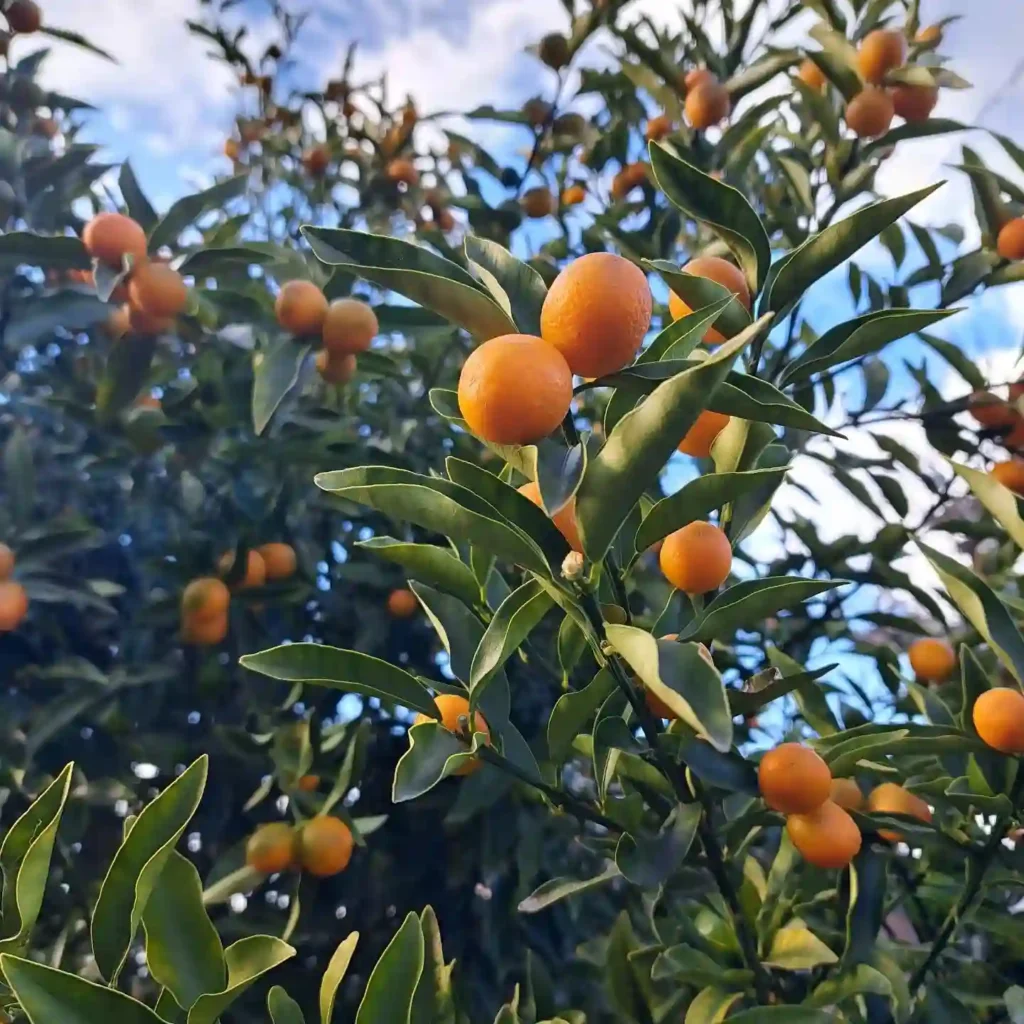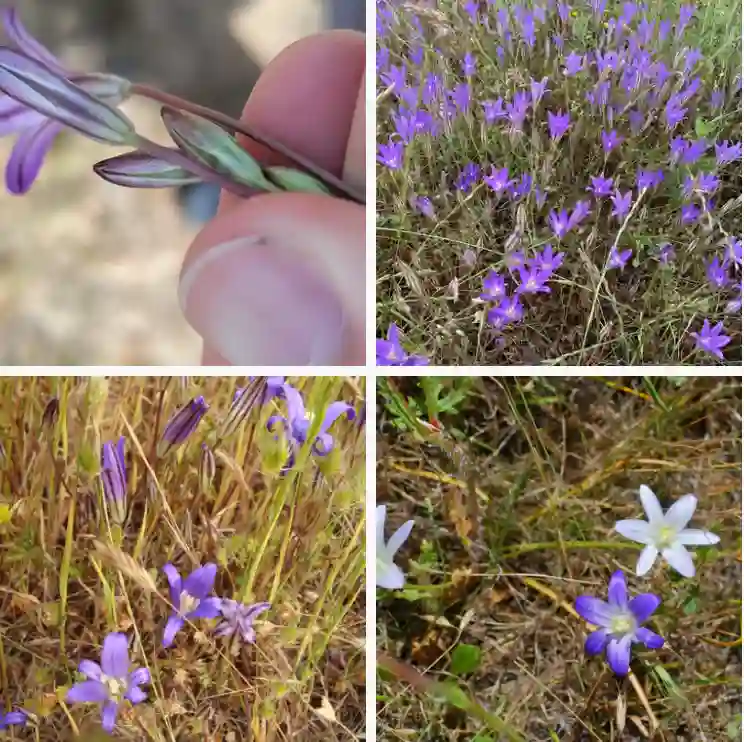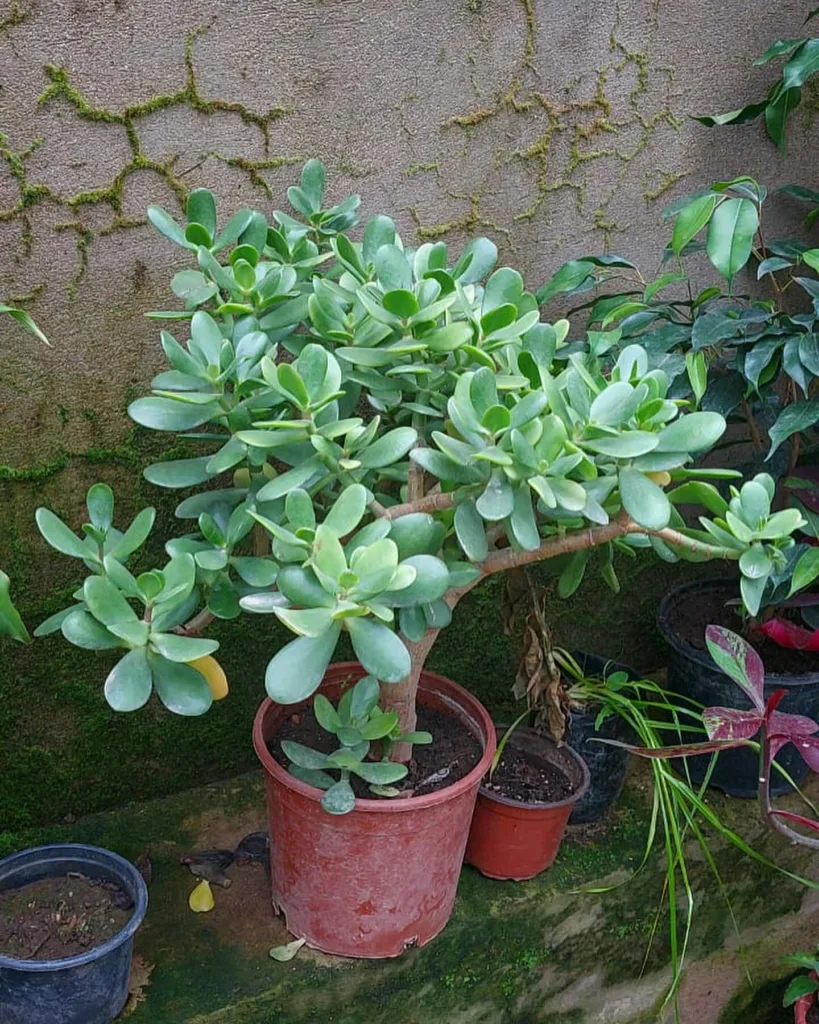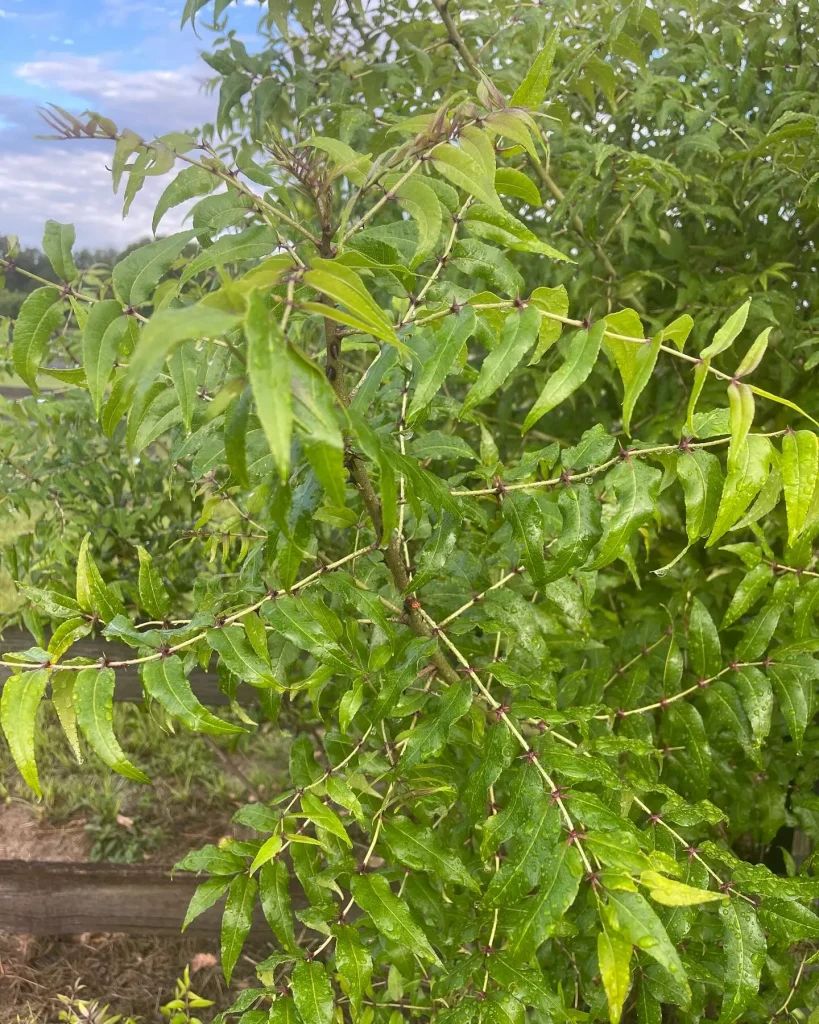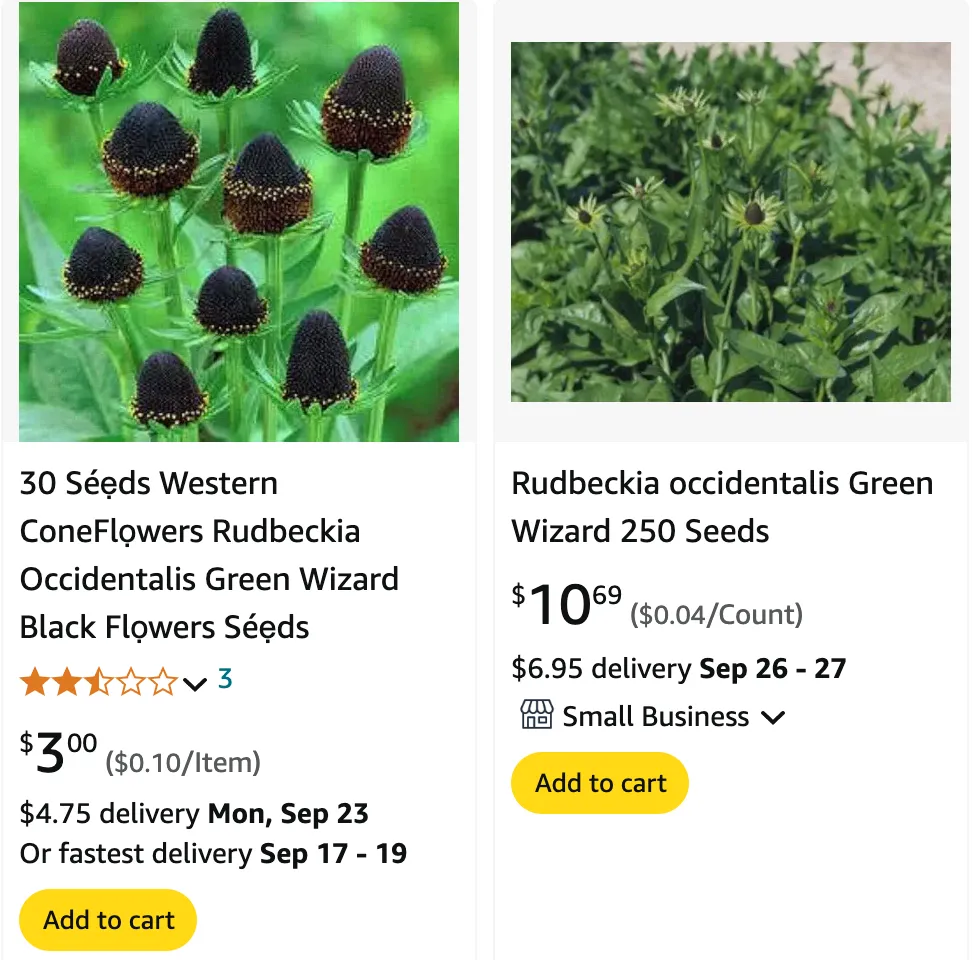
FAQs About Rudbeckia Occidentalis: All You Need to Know
Rudbeckia Occidentalis, often known as Western Coneflower, is a fascinating plant with its striking dark brown, cone-like centers. Its unique appearance and low-maintenance nature make it a favorite among gardeners. Below, I’ve compiled answers to the most frequently asked questions about this beautiful plant, based on my experiences and research.
31 Species in Genus Rudbeckia
What is Rudbeckia Occidentalis?
Rudbeckia Occidentalis is a perennial wildflower native to North America, particularly thriving in the western regions. Unlike other Rudbeckia varieties, this plant is characterized by its lack of bright, daisy-like petals. Instead, it features a dark, prominent central cone, surrounded by a few small, greenish sepals. It typically grows in moist meadows or along streams, where it can reach heights of up to six feet. The deep cone, which is its standout feature, gives the plant an almost sculptural presence in the garden.
How to Care for Rudbeckia Occidentalis?
Caring for Rudbeckia Occidentalis is relatively easy, which is one of the reasons I recommend it for gardeners of all levels. Here’s a breakdown of its basic care needs:
- Sunlight: This plant thrives in full sun but can tolerate partial shade. However, for the best flowering, I’ve found that full sun is preferable.
- Soil: Rudbeckia Occidentalis prefers moist, well-draining soil. It can handle clay or loamy soils, but consistently moist soil is key to keeping it healthy.
- Watering: While it’s drought-tolerant once established, it’s best to keep the soil consistently moist during its growing season. Overwatering, though, should be avoided.
- Fertilization: I’ve found that it doesn’t need much fertilizer. A slow-release, balanced fertilizer in early spring works well for promoting growth.
- Pruning: Deadheading the spent flowers encourages more blooming, though the cone structure remains visually appealing even when the petals have faded.
How to Propagate Rudbeckia Occidentalis?
Rudbeckia Occidentalis can be propagated both by seed and division. Here’s what I’ve learned through trial and error:
- By Seed: Start seeds indoors 6-8 weeks before the last frost date, or directly sow them in the garden after the frost has passed. Germination usually occurs in 2-3 weeks. Plant them about ¼ inch deep in the soil, ensuring they have plenty of sunlight.
- By Division: Every 3-4 years, it’s a good idea to divide the plants to prevent overcrowding. In early spring or fall, dig up the root ball, divide it into smaller clumps, and replant in well-prepared soil.
What to Plant with Rudbeckia Occidentalis?
When it comes to companion plants, I like pairing Rudbeckia Occidentalis with other wildflowers and grasses for a natural meadow look. It looks great alongside:
- Echinacea: The purple coneflower complements the dark brown cones of Rudbeckia, creating a beautiful color contrast.
- Liatris Spicata: The tall, spiky blooms of Liatris add vertical interest to a garden bed.
- Switchgrass: Adding some ornamental grasses like Switchgrass provides texture and movement to the garden.
- Monarda: With its red blooms, Monarda brings a pop of color and attracts pollinators.
Is Rudbeckia Occidentalis Toxic?
One of the most common questions is whether Rudbeckia Occidentalis is toxic to pets or humans. From my experience and research, this plant is considered non-toxic to humans, dogs, cats, and livestock. It’s safe to have in gardens frequented by pets and children.
What are the Benefits of Growing Rudbeckia Occidentalis?
There are several benefits to having Rudbeckia Occidentalis in your garden:
- Attracts Pollinators: Bees and butterflies love the prominent central cone, and I’ve noticed more pollinators in my garden when I plant this species.
- Low Maintenance: Once established, it requires minimal care, making it an excellent choice for busy gardeners.
- Drought-Tolerant: After the first year, this plant is incredibly resilient during dry spells, which makes it suitable for xeriscaping.
- Unique Aesthetic: The dark, bold cones are striking and add a dramatic touch to any landscape.
Common Problems with Rudbeckia Occidentalis
While Rudbeckia Occidentalis is a hardy plant, there are a few issues to watch out for:
- Powdery Mildew: This fungal disease can affect the plant, especially in humid conditions. To prevent it, make sure the plant has good air circulation.
- Aphids: These small pests can sometimes infest the plant. I usually spray them off with water or use insecticidal soap if the problem persists.
- Root Rot: Overwatering or poorly drained soil can lead to root rot. Keeping the soil moist but not waterlogged helps prevent this.
How Does Rudbeckia Occidentalis Compare to Similar Species?
Rudbeckia Occidentalis is often confused with other coneflowers or Rudbeckia species. Here’s how it compares:
- Rudbeckia Hirta: Unlike Rudbeckia Hirta, which has bright yellow petals surrounding the central cone, Rudbeckia Occidentalis lacks these petals. It has a much more minimalist look.
- Echinacea Purpurea: Echinacea, or purple coneflower, shares the conical flower shape, but Echinacea has colorful petals and is more commonly grown for its medicinal properties.
- Rudbeckia Fulgida: Similar in growth habit, Rudbeckia Fulgida has vibrant yellow petals, whereas Rudbeckia Occidentalis stands out for its unusual dark cone and lack of petals.
Final Thoughts
Rudbeckia Occidentalis is a striking and low-maintenance addition to any garden. Its bold appearance, combined with its ability to attract pollinators and thrive in various conditions, makes it one of my top picks for gardeners looking to add a unique touch to their landscape. Whether you’re a seasoned gardener or a beginner, you’ll find Rudbeckia Occidentalis rewarding to grow.
If i die, water my plants!
